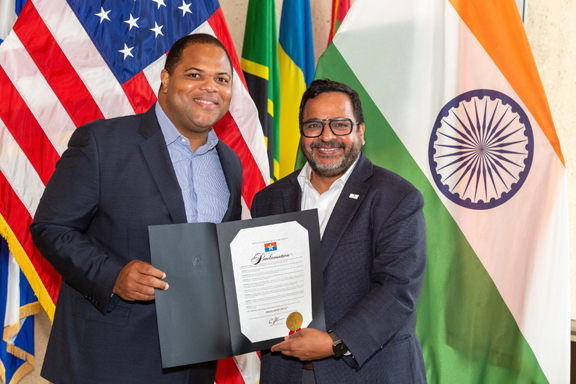

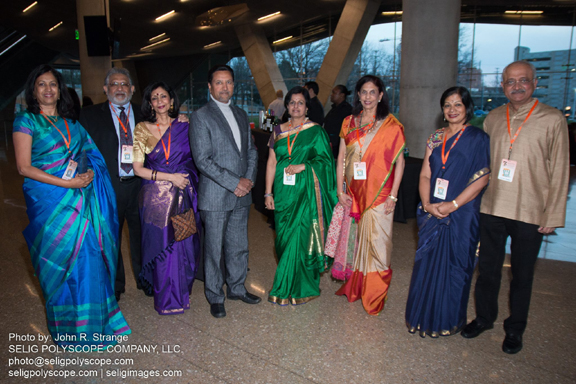
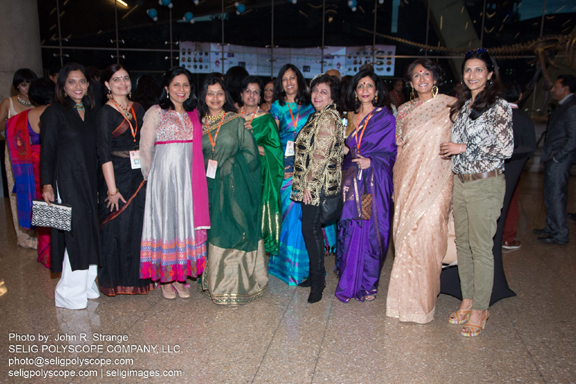
DALLAS, TX (TIP): To commemorate India‘s 75th year of independence this week, the Indian American CEO (IACEO) Council, in partnership with the Institute for Urban Policy Research at the University of Texas at Dallas, released a new report called “A Profile of the Indian American Population in North Texas.”
The study uses both quantitative and qualitative analyses to examine the economic, political, and social characteristics of the Indian American community in the North Texas region. Using data collected and provided by various government agencies, the report analyzes the demographic, market, education, and workforce characteristics of the Indian American population in the North Texas region and conducts further analysis in the context of the state and the nation. The study also highlights individual and group examples of successful engagement within the Indian American community and the opportunities those successes highlight for other racial groups.
Here’s what we know about Indian Americans in the U.S. before the study:
- Indian Americans, numbering more than 4.16 million, have appeared as a significant political constituency in the U.S.
- Indian Americans constitute a total voter population of 1.9 million, or 0.82 percent of the total voter population.
- Indian Americans constitute a relatively young population with a median age of 40 compared to 46 for all other immigrants.
- About two-thirds of Indian Americans reached the United States after 2000. Because of their relatively young status and recent arrival, it is possible that the full political impact of the Indian American community has not been fully realized.
- Indian Americans are among the highest median-income earners of all immigrants. In 2019, the annual median household income of Indian Americans was $119,000, significantly higher than that of all Asian groups combined at $85,800.
- Besides high-income status, Indian Americans are also the highest educated and fastest growing racial group in the United States.
Indian Americans in North Texas (Dallas, Collin, Tarrant and Denton Counties):
WAGE: The average wage for Indian Americans in the DFW region in 2019 was USD 58,879 compared to USD 36,301 for other Asians and USD 39,895 for White persons. The average wage for all other racial groups was reported at USD 27,986. In other words, Indian Americans earn about 48 percent more than their white counterparts and 62 percent more than other Asians.
EDUCATION: Indian Americans have the highest proportion of population with a 4-year college degree or a graduate degree. Specifically, more than one-in-four Indian Americans has a 4-year college degree, compared to about one-in-five whites. More than 60 percent of Indian Americans in North Texas have a four-year or graduate degree. One-in-three Indian Americans in the Dallas-Fort Worth area have a graduate degree, compared to about one-in-ten whites and one-in-five other Asians. Overall, about 60 percent of Indian Americas have a college degree of some sort.
OCCUPATION: Compared to their overall number in the workforce, Indian Americans are over-represented in the science, technology, engineering, and mathematics (STEM) occupations in North Texas. More than one-half of Indian American employees work in only three industries: computer and mathematical, management, and healthcare practitioners. No other group shows such a prevalent clustering.
IMMIGRATION: According to data from the United States Citizenship and Immigration Services (USCIS), in 2020, immigrants from India comprised 6 percent of new arrivals in the United States, behind Mexico, Vietnam, the Dominican Republic, and China. In 2019, 2,050 individuals from India obtained lawful permanent resident status in the Dallas-Fort Worth area, comprising 6 percent of Dallas-Fort Worth’s lawful permanent resident approvals. These 2,050 individuals represent 4 percent of everyone of Indian descent who were awarded lawful permanent resident status in the United States. Dallas-Fort Worth received the 4th-highest number of individuals of Indian descent, behind New York City (8,221), Chicago (3,344), and San Francisco (2,972).
ENTREPRENEURSHIP: According to the US Census Bureau Survey of Business Owners and Self-Employed Persons in 2012 (the latest version), Indian Americans owned 5.3 percent of all businesses in Collin, Denton, Dallas, and Tarrant counties, representing more than one-third of all Asian American businesses. The combined sales receipts of all Indian American businesses was just over $10 billion, or 2.27 percent of all business receipts (and 43 percent of all Asian-owned business receipts). Indian American businesses were most prevalent in Collin County, representing 7.5 percent of all businesses and 4.4 percent of all sales receipts.
Key Findings & Conclusions:
Demographically, Indian Americans represent the fastest-growing immigrant group in the United States. Economically, they are among the highest median-income earners of all immigrants. And sociologically, they are the best-educated ethnic group in the country. The study highlights the disparity in political participation between the first and second-generation Indian Americans. This calls for a strategy that differentially impacts the civic participation rates of the two generations.
Politically, the population reflects the same polarization of the broader American population, and civic and political engagement is much higher among US-born Indian Americans than those who have naturalized.
Overall, civic engagement efforts, such as voting, volunteering, and community activities, can help build trust and promote social cohesion. Civic participation also can be increased through mentoring and participation in group activities such as sports. Providing avenues for members to conduct formal group activities, including through established organizations and associations, and informal group activities—book clubs, bike rider clubs, and the like—is essential to facilitate social capital formation and decrease social isolation among community participants.
With the onset of COVID-19, many members of the Indian American community face new challenges that threaten their health and economic status. A skills-employment strategy might need to be deployed to retrain Indian American workers whose employment has been affected by the pandemic to find new jobs and possibly new occupations. A public health strategy might facilitate combatting vaccine hesitancy and ensuring continued health coverage for affected members whose employment has been lost.


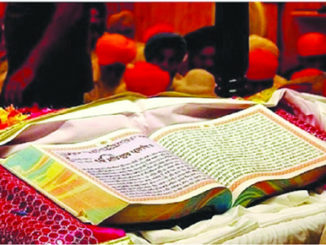

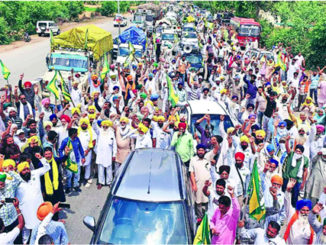
Be the first to comment